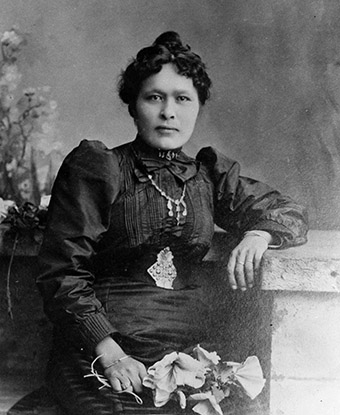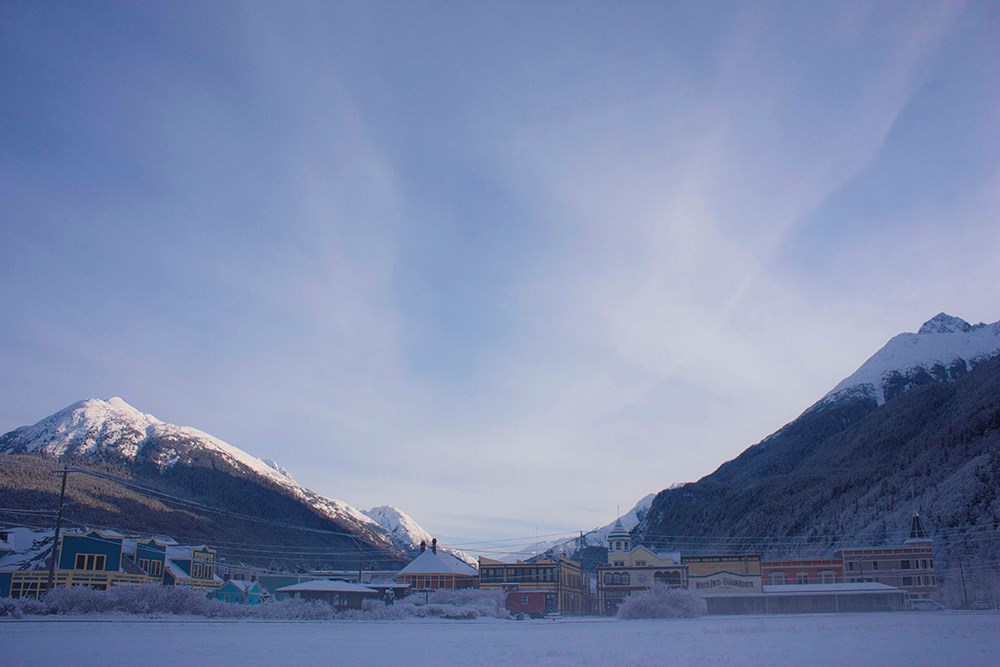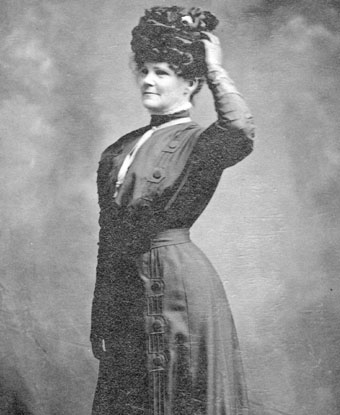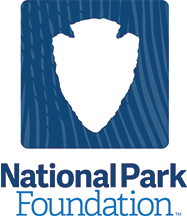Meet the Women Who Led the Klondike Gold Rush
Women are changing the world. But of course, they always have been. One place where the impact of American women was especially strong was in the formation and care of our nation’s greatest parks. The National Park Service's Women In History Initiative began in 2012 as effort to improve the understanding of women's history and spread the word on historical places with strong ties to women. They are passionate about sharing the stories of women’s contributions to our national parklands—and there are few places better to showcase these stories than against the breathtaking backdrops of Alaskan national parks.
In 1896, the Klondike Gold Rush began with a wave of goldseekers sweeping across the Yukon and Alaska. Among this flood of desperate prospectors, many mainstays of stereotypical masculinity thrived - rowdy barrooms, bandits and street brawls. Yet a closer look at history shows that it was women who set the course for what would become one of our nation's greatest destinations. These pioneering women helped shape Alaska's history and national parklands in ways that are both significant and enduring.
Shaaw Tláa (Kate Carmack)
 NPS/Yukon Archives - nps.gov
NPS/Yukon Archives - nps.gov
Without Shaaw Tláa there would be no Klondike Gold Rush, and of course, no Klondike Gold Rush National Historic Park. In 1896, Tláa, a Native American woman also known as Kate Carmack, was traversing remote lands in Canada when her team discovered gold at Rabbit Creek. This event acted as the catalyst for what would become one of the largest gold rushes in American history.
Emma Kelly
The year following Shaaw Tláa’s discovery, Emma Kelly trekked north to report on the Klondike Gold Rush for Midwest newspapers. On the trail north, the men she encountered told her that she was too late in the year to travel and that she couldn't handle the journey. Determined, Emma overcame doubts, endured blizzard after blizzard, and the Yukon River even froze while she was on it. But in the end, she persevered and got her story.
Mollie Brackett
Through her photography, Mollie Brackett captured moments of everyday life in Skagway from 1898 to 1900. These non-professional but nevertheless informative pictures chronicled some of the best-known aspects of the Klondike Gold Rush: mining in Atlin, Alaskan natives, the internment of Soapy Smith’s gang, the building of her father-in-law’s Brackett Toll Road, and people traversing a snowbound White Pass Trail.
Annie Hall Strong
Meanwhile in Skagway, Annie Hall Strong arrived in town and spearheaded an “advice for women” column in the local newspaper, which helped female stampeders plan for their sojourns into the gold fields. "There is no use trying to discourage them," Strong wrote about these women. "Our wills are strong and courage unfailing."
 NPS photo/C. Anderson - nps.gov
NPS photo/C. Anderson - nps.gov
Harriet Pullen
Elsewhere in Skagway, Harriet Pullen is a prime example of the women who fashioned their business skills and thrived during the Klondike Gold Rush, seizing opportunities that came along with the chaos stampeders brought. Arriving in town without a cent, Harriet baked pies and meals for the stampeders, even running her own horse team. Eventually, she owned both a dairy farm and the fanciest hotel in town—the Pullen House. Harriet gained a reputation for rooms with hot baths and soft beds, while her guests got to enjoy fresh vegetables from her garden along with milk and cream from her farm. In the parlor, Harriet even provided entertainment: dramatic presentations of her personal stories and experiences with the colorful gold rush characters she'd met along the way.
 NPS/Klondike Gold Rush - nps.gov
NPS/Klondike Gold Rush - nps.gov
To learn more about the struggles and triumphs of other pioneering women of Alaska, visit the National Park Service’s website on Women Making History.


